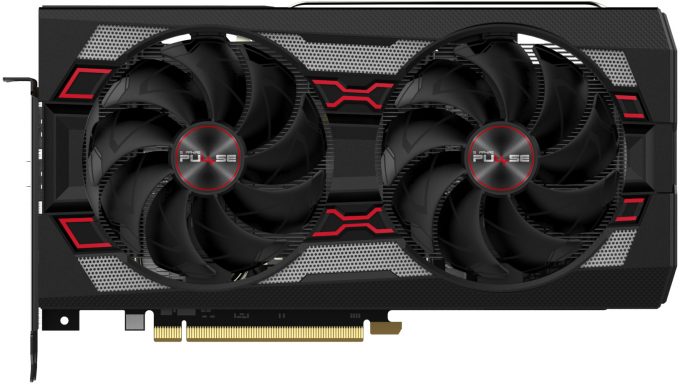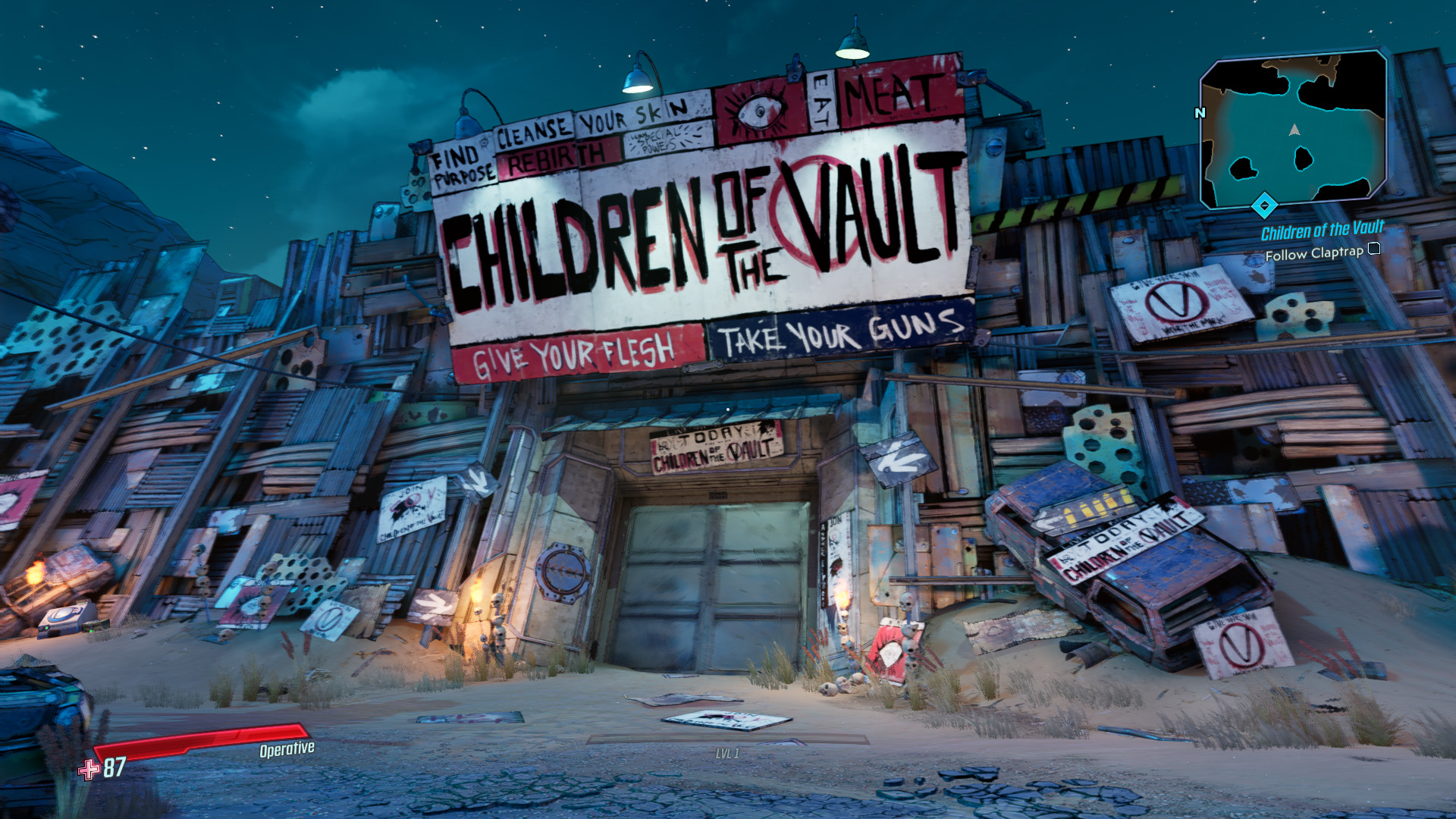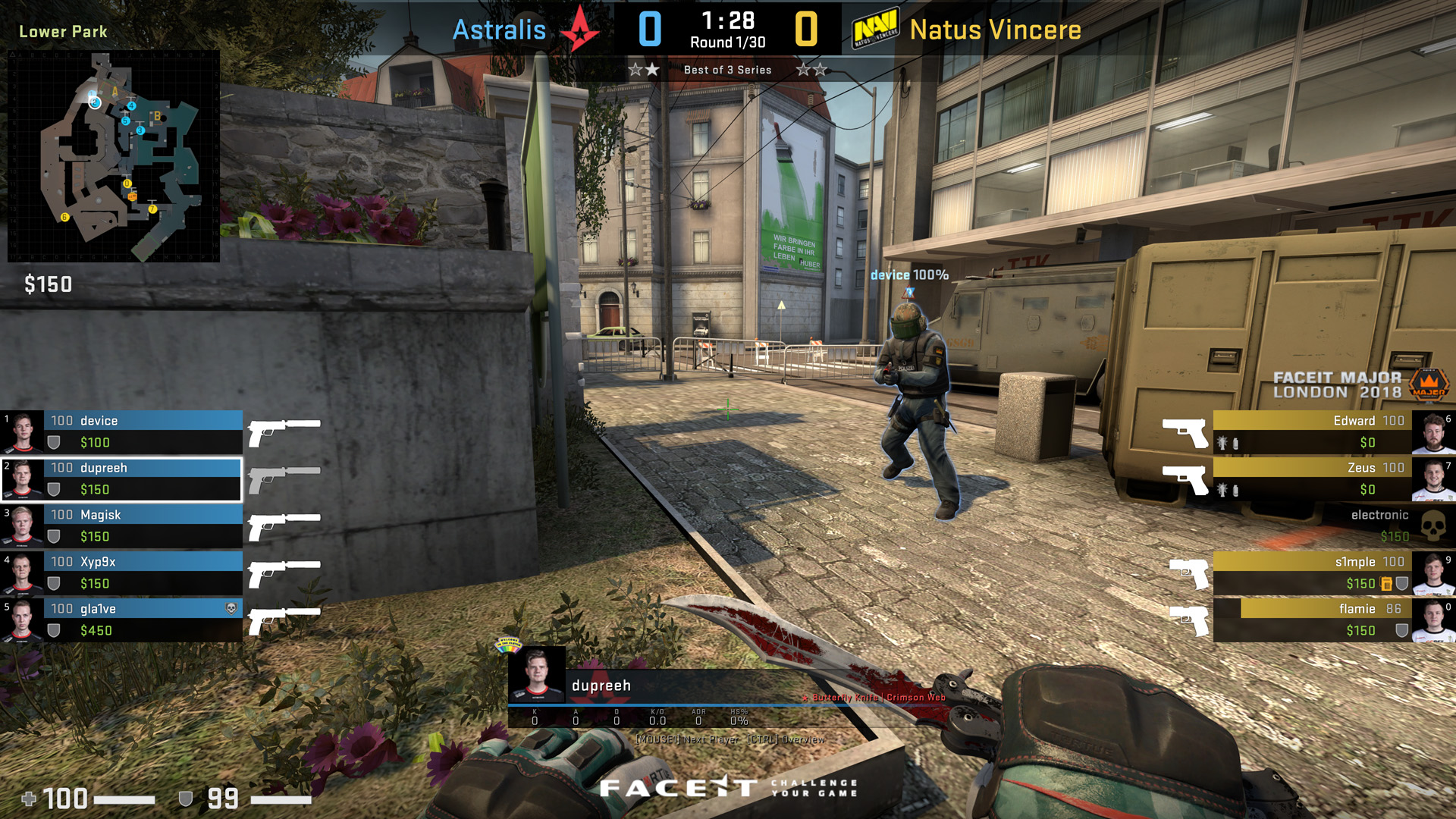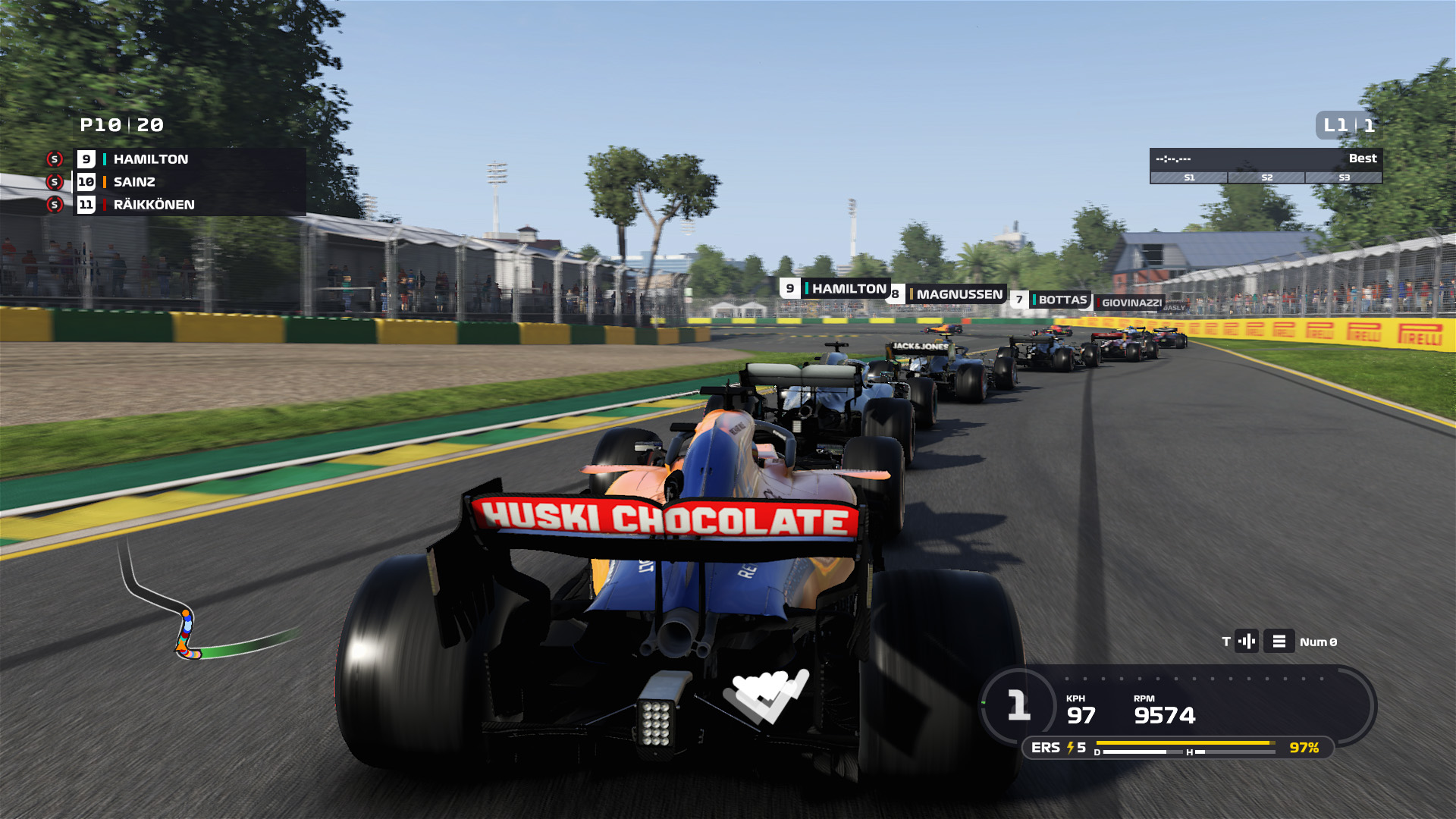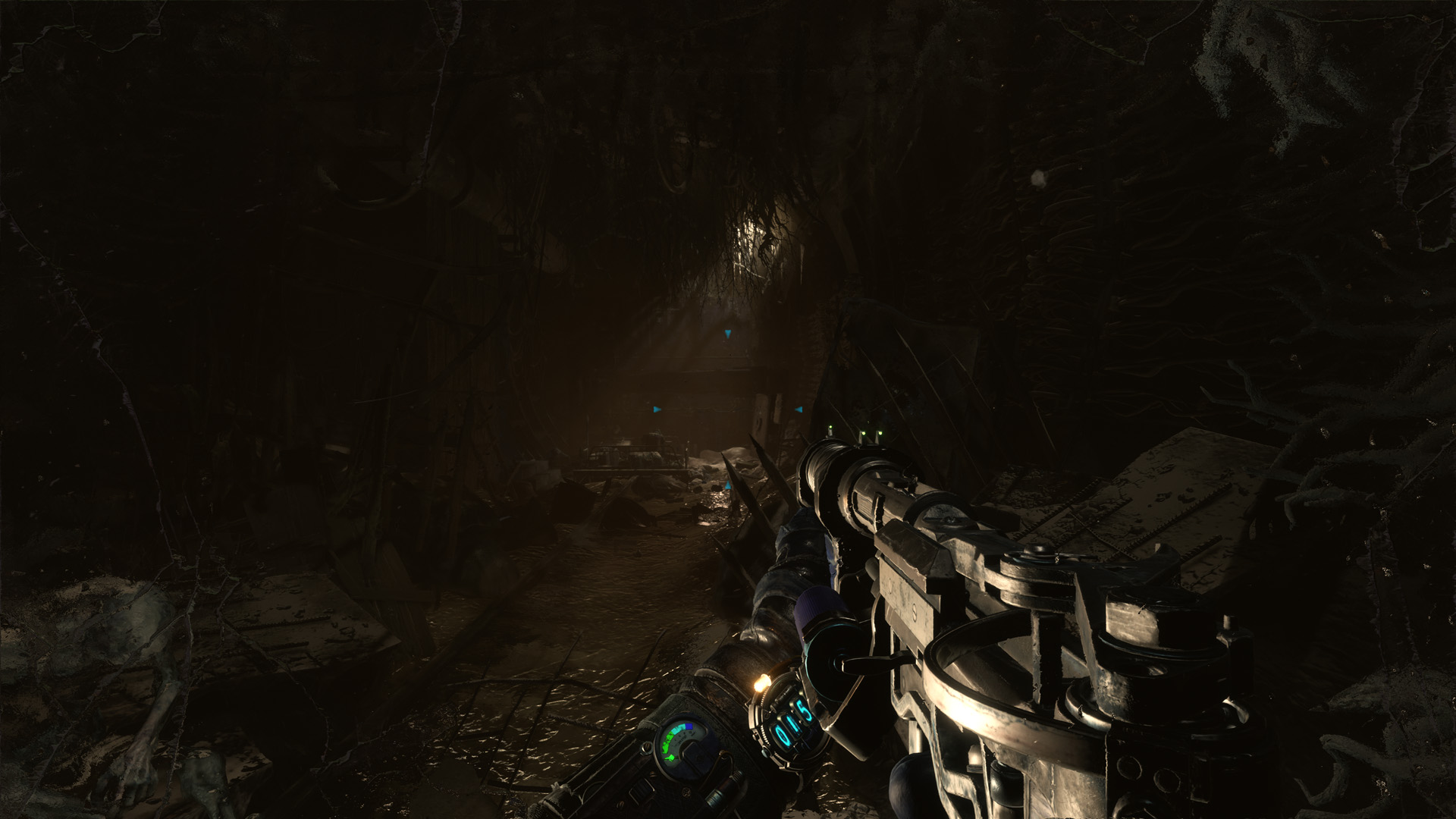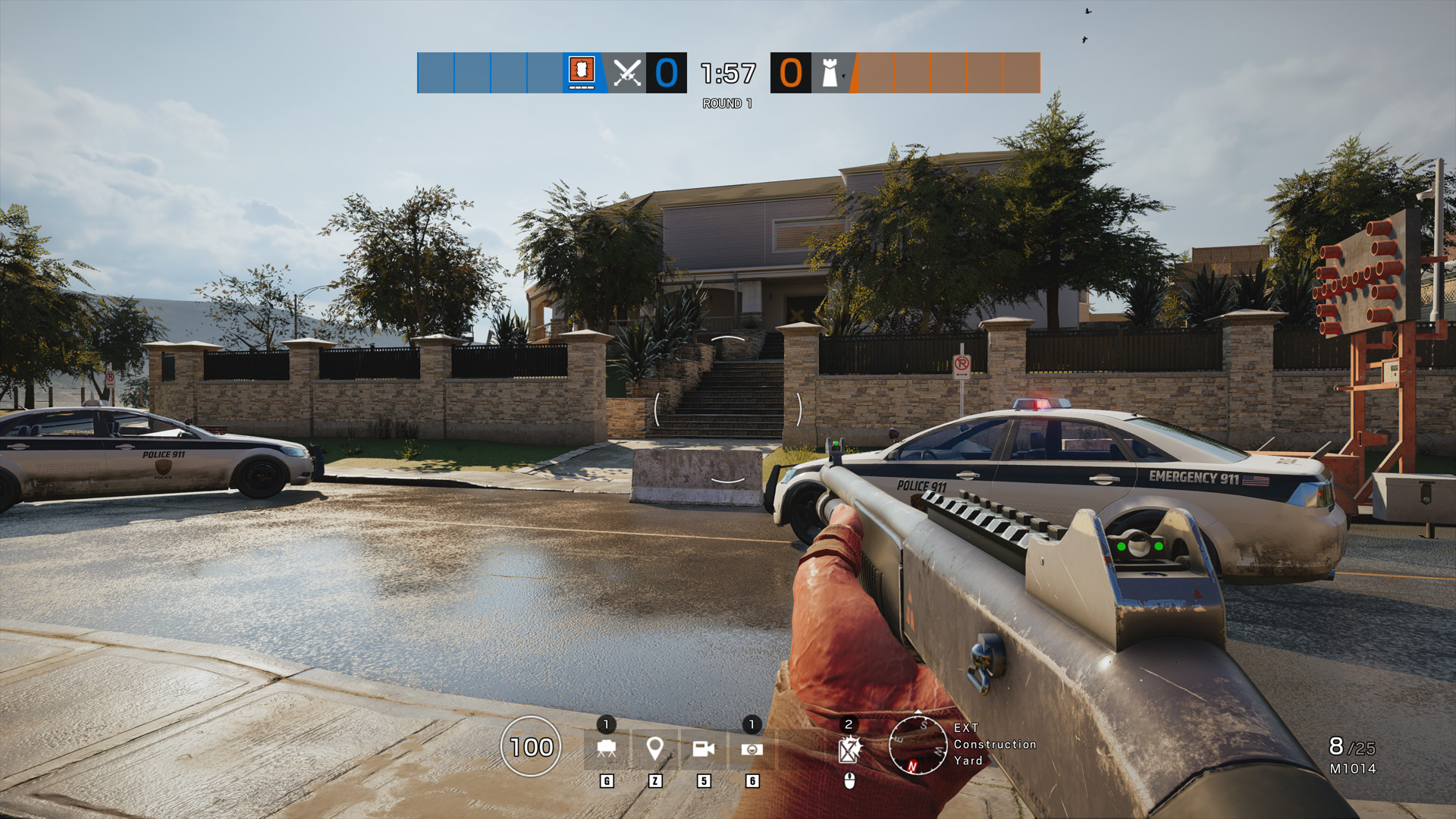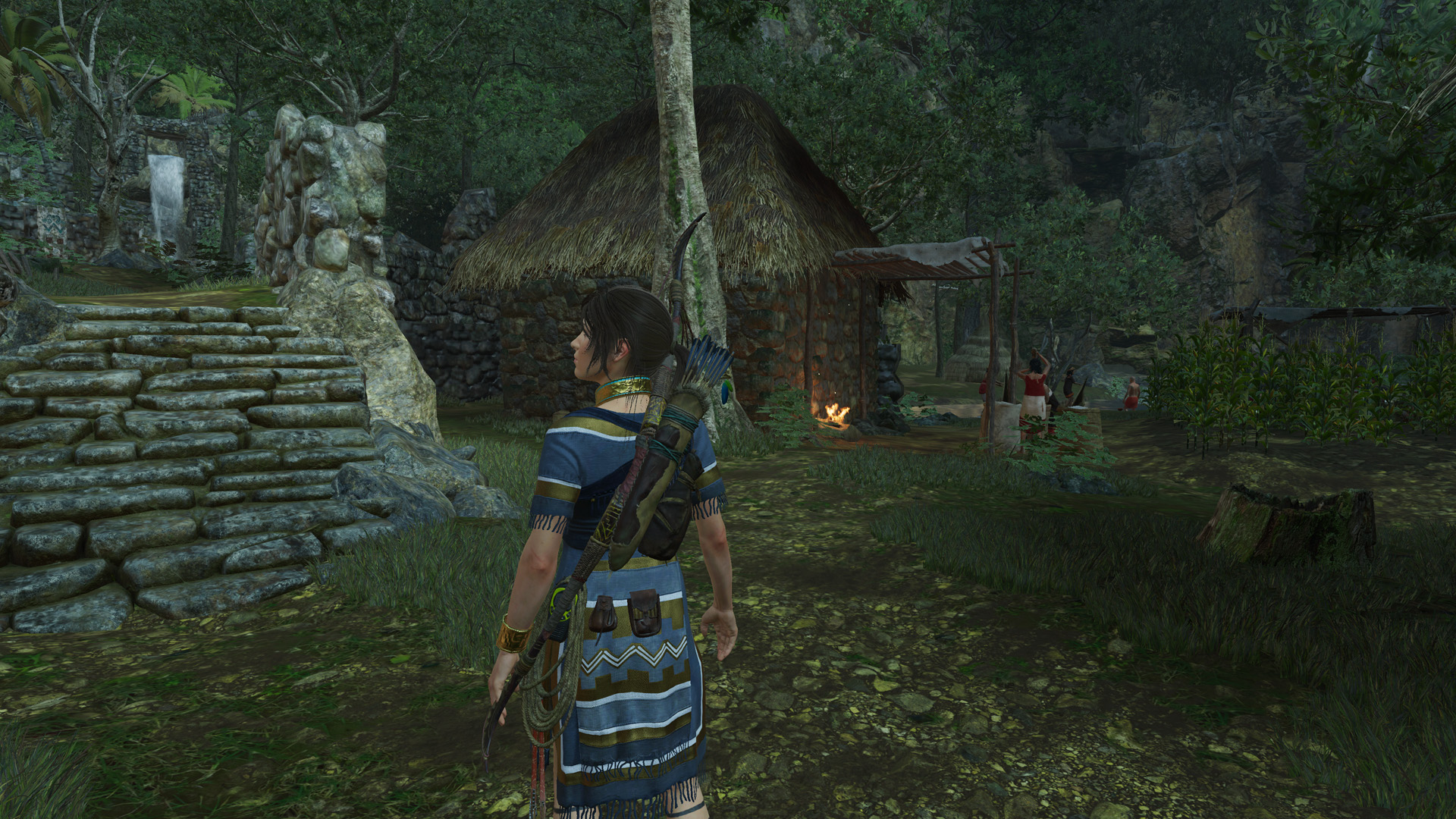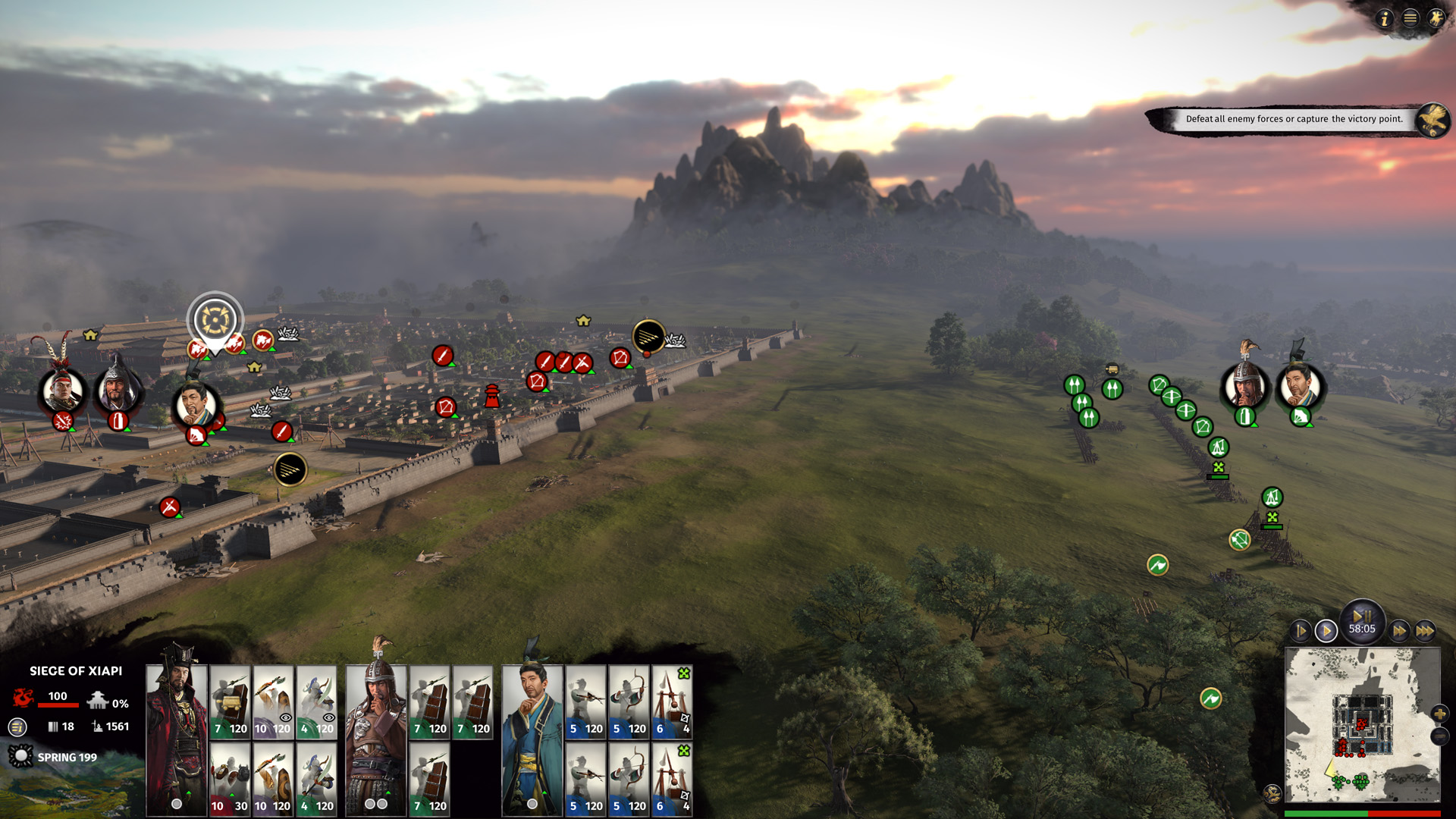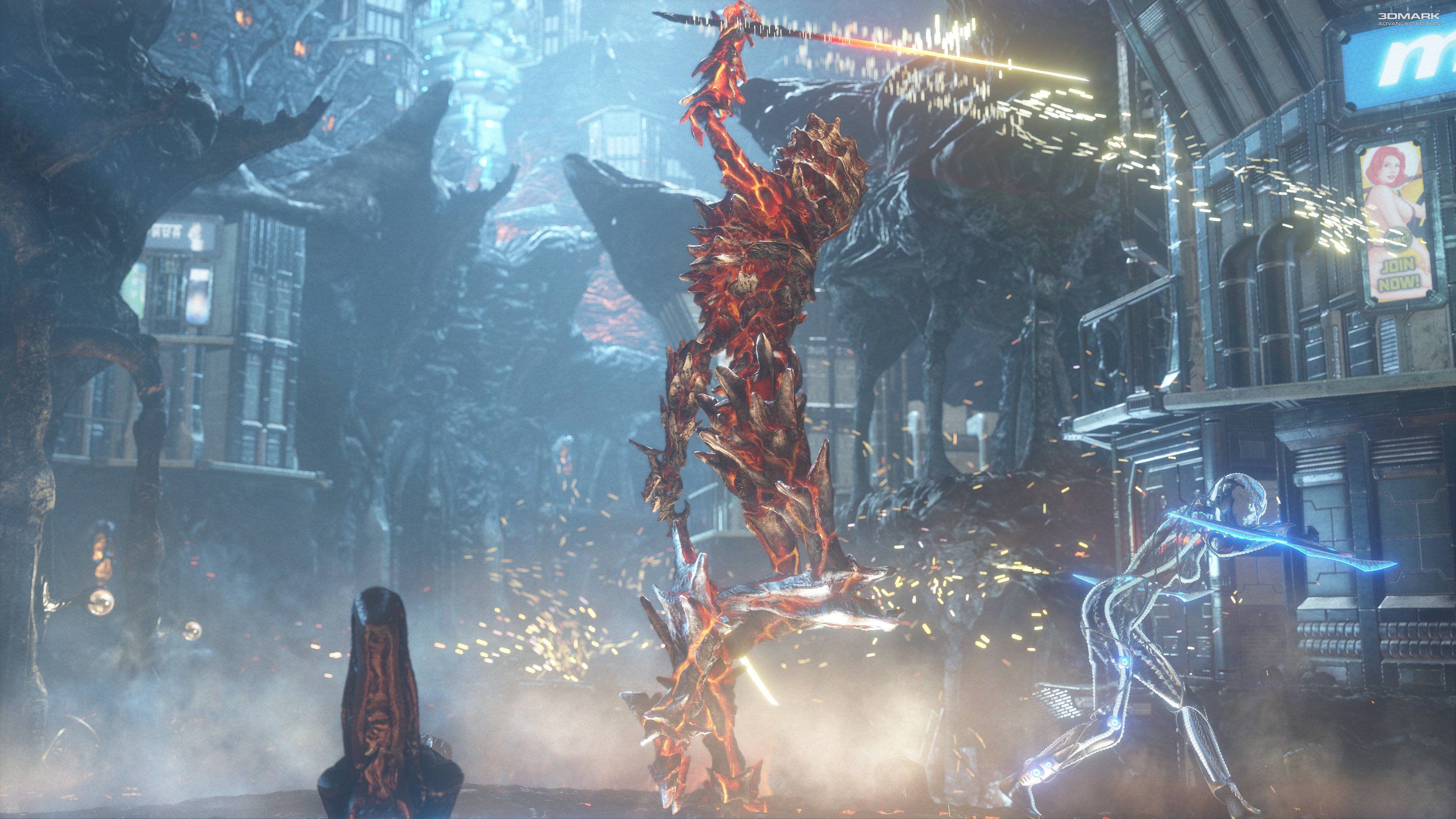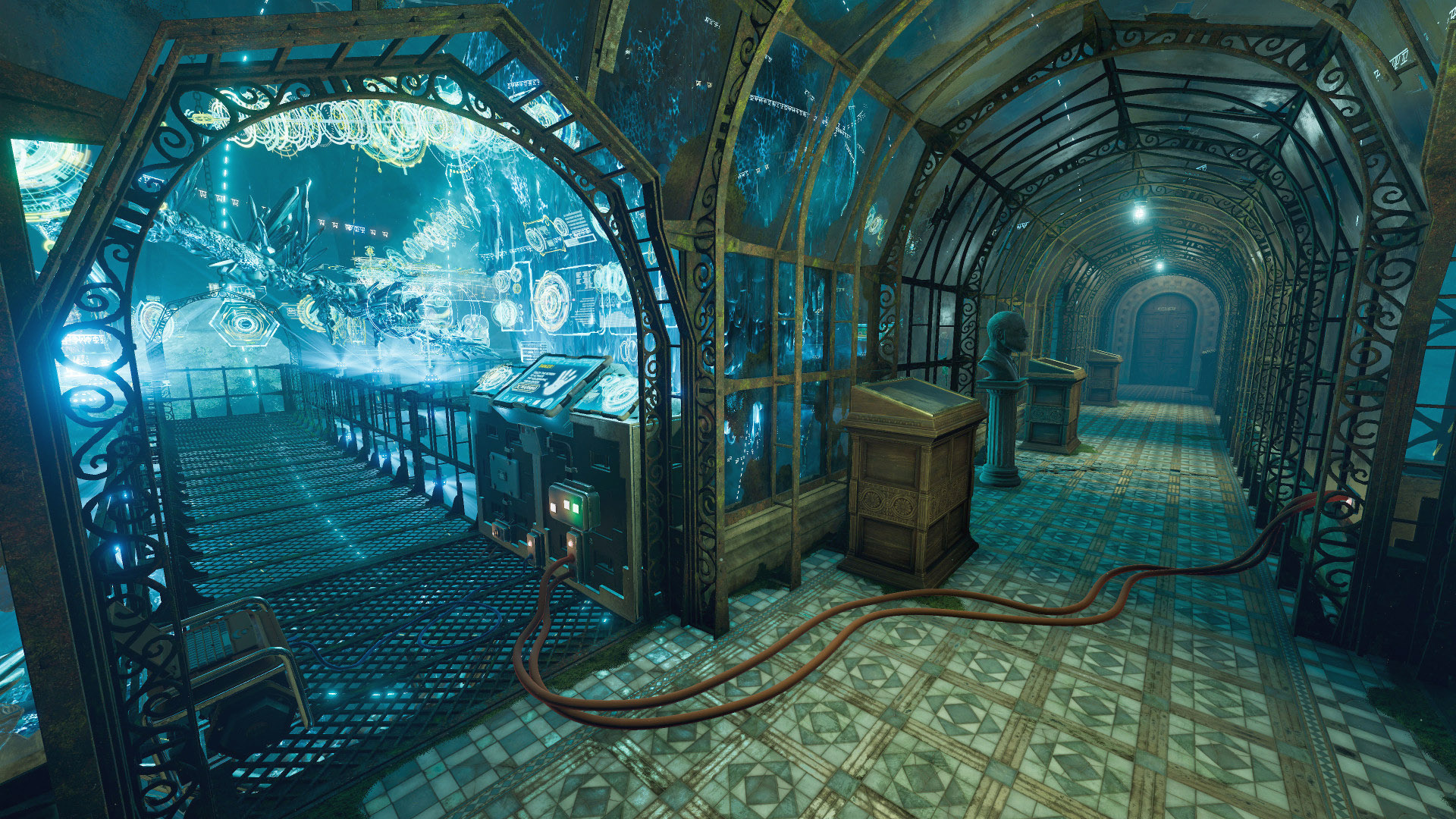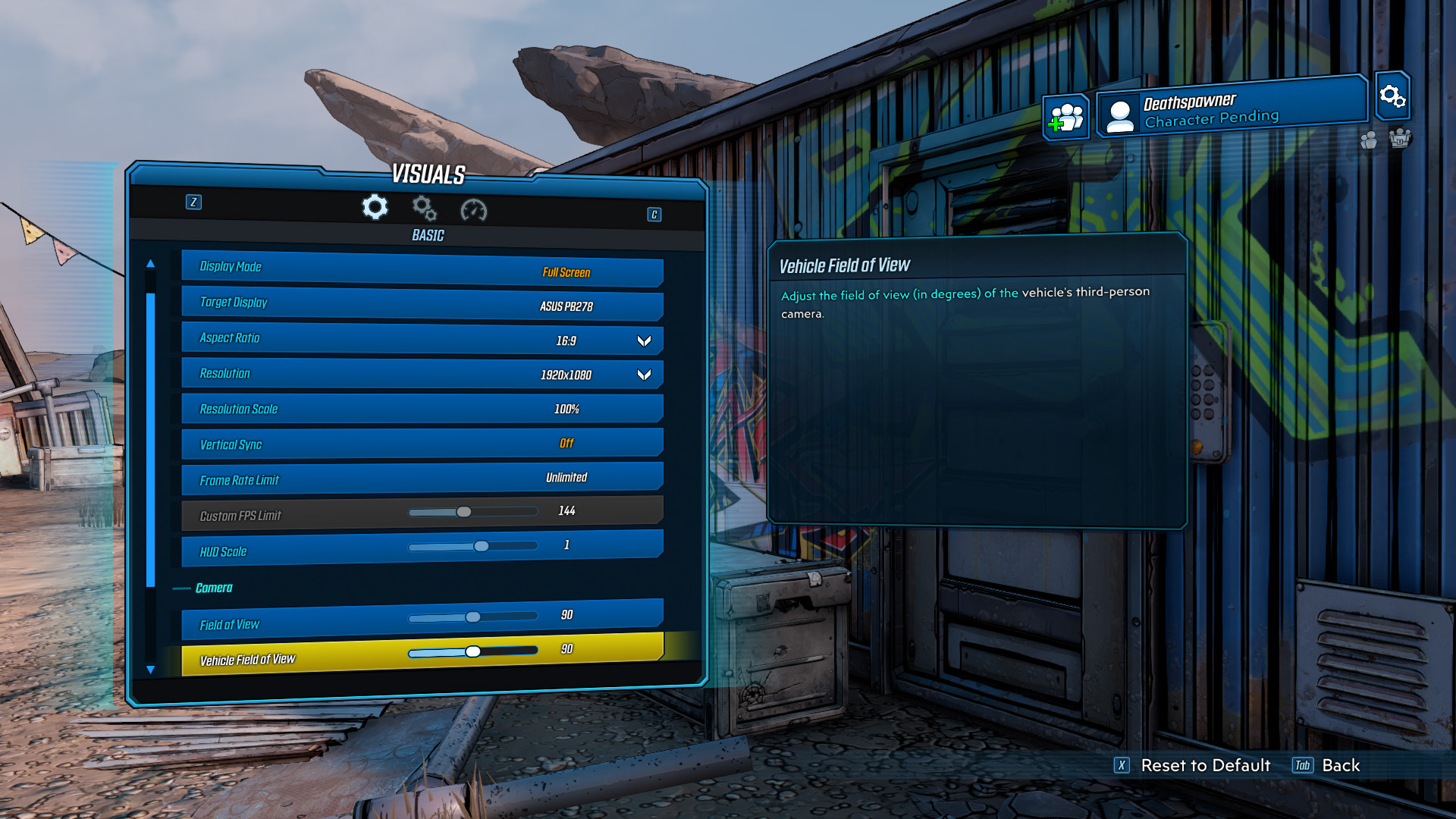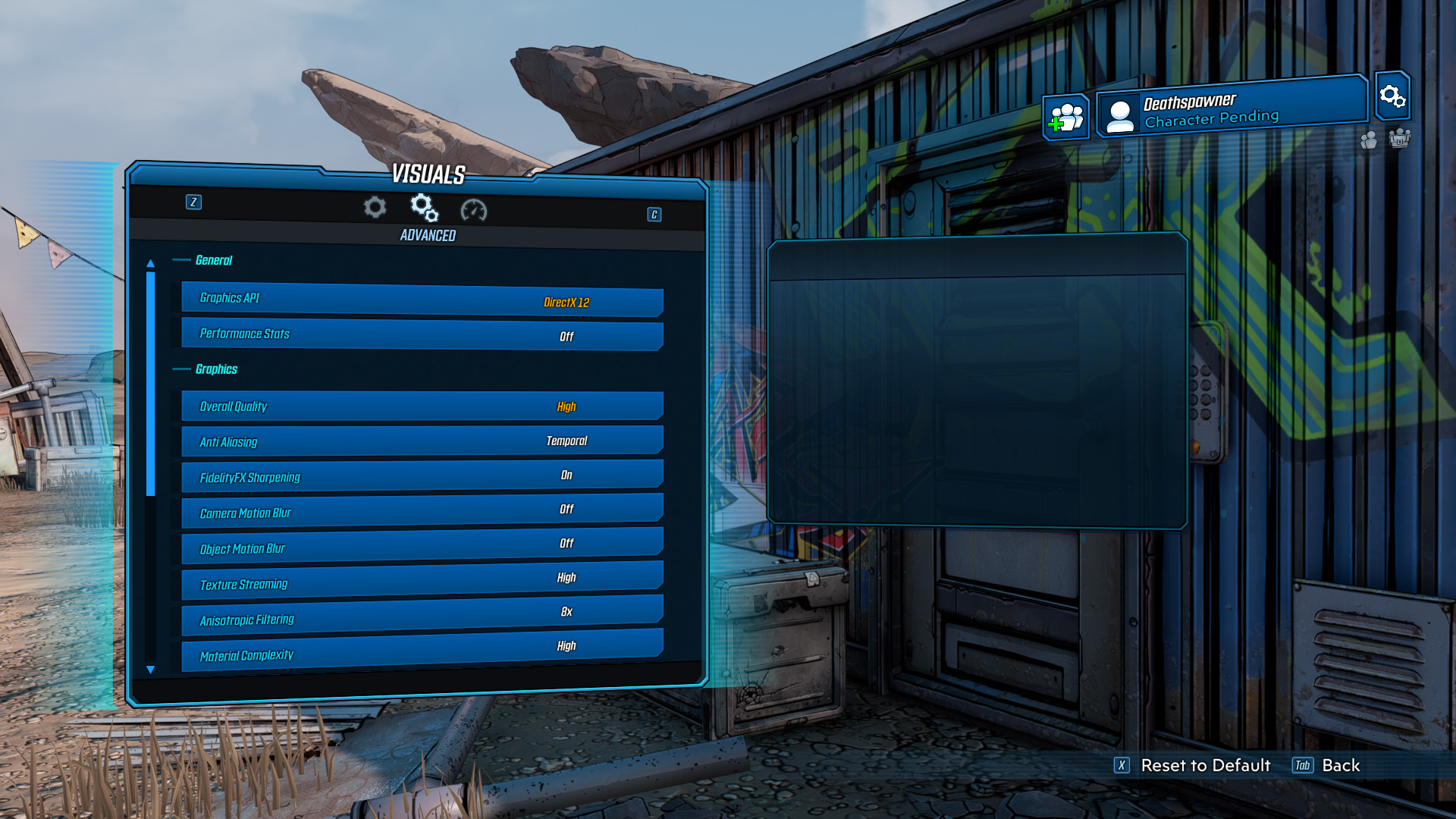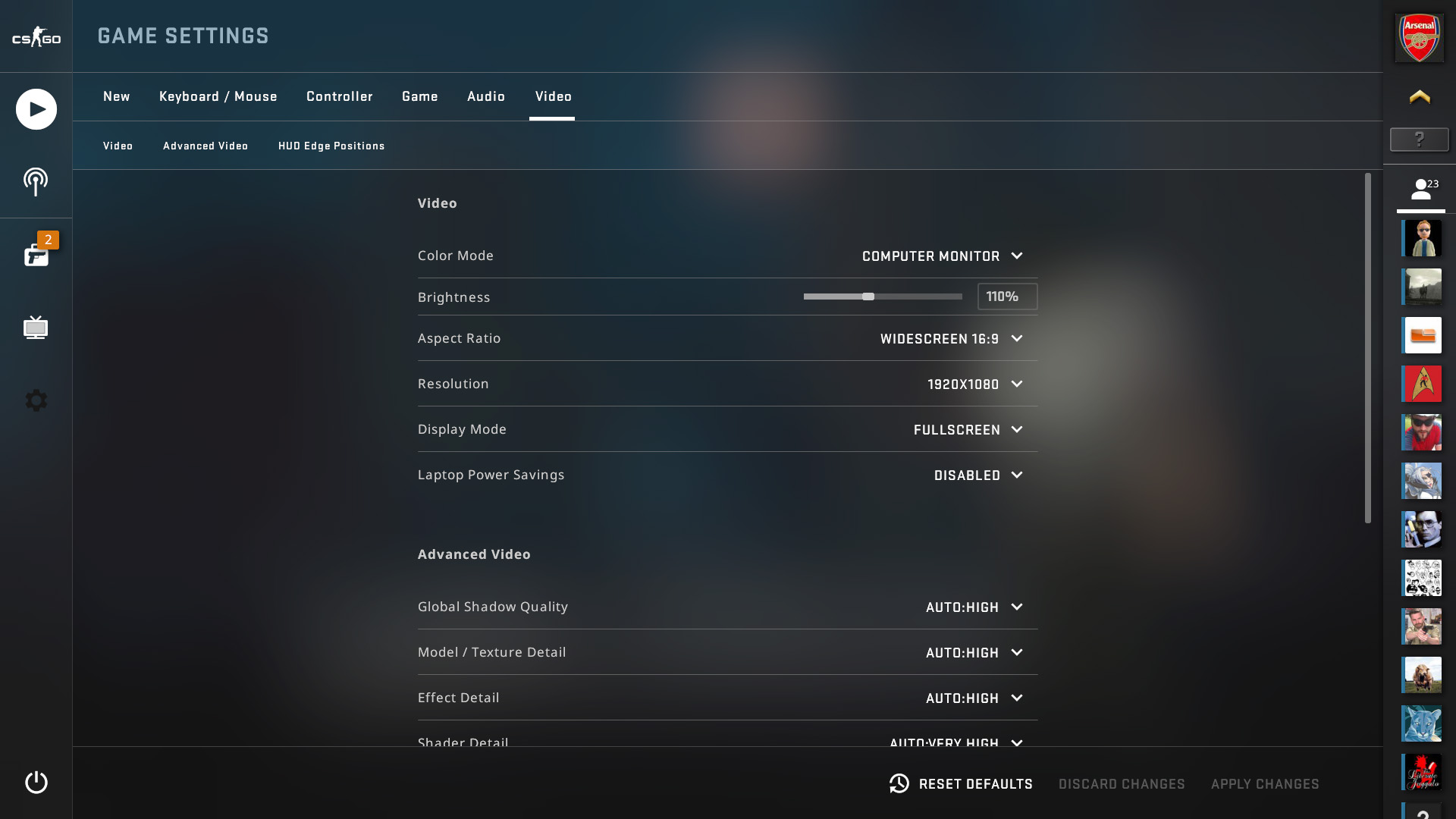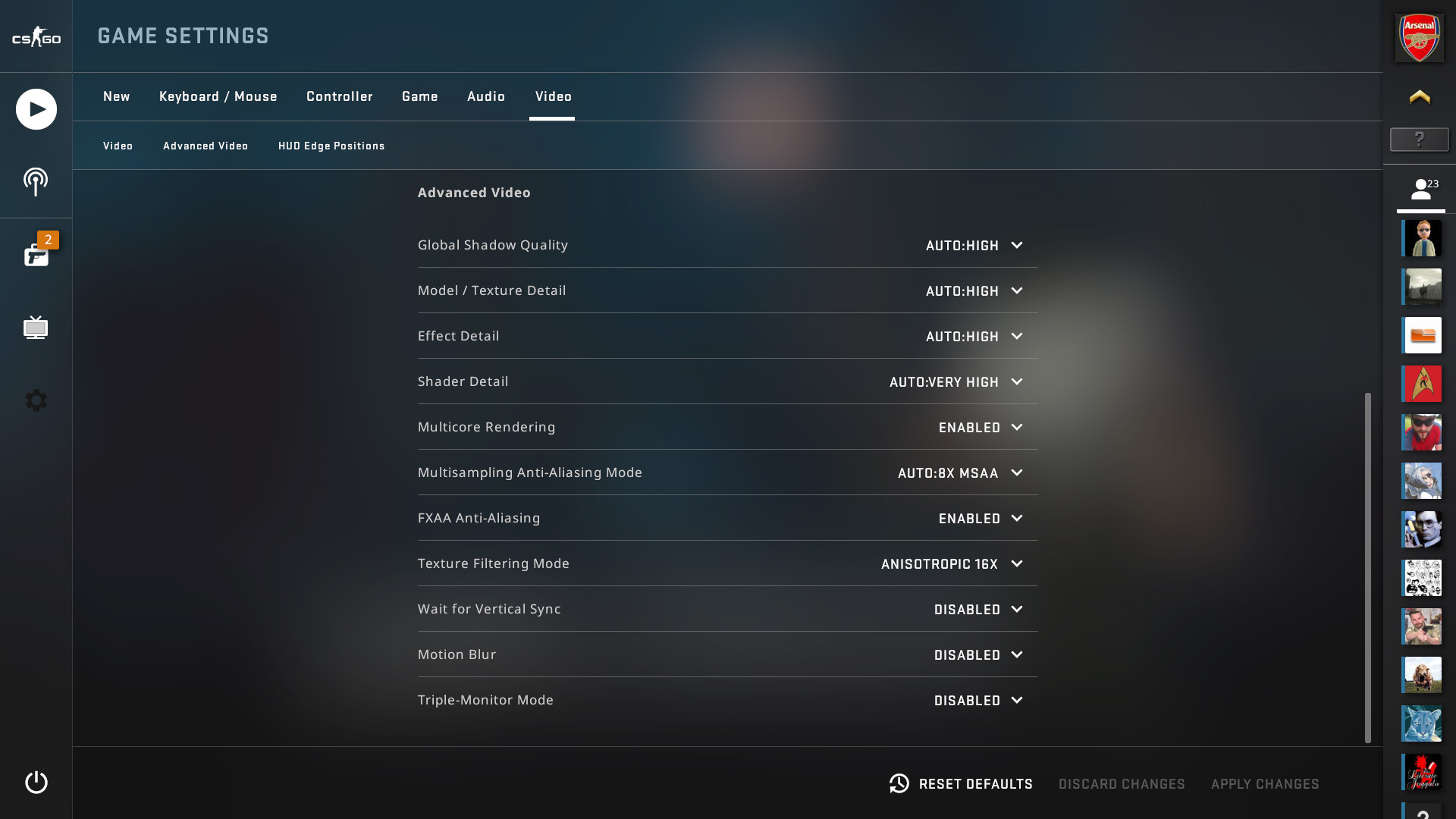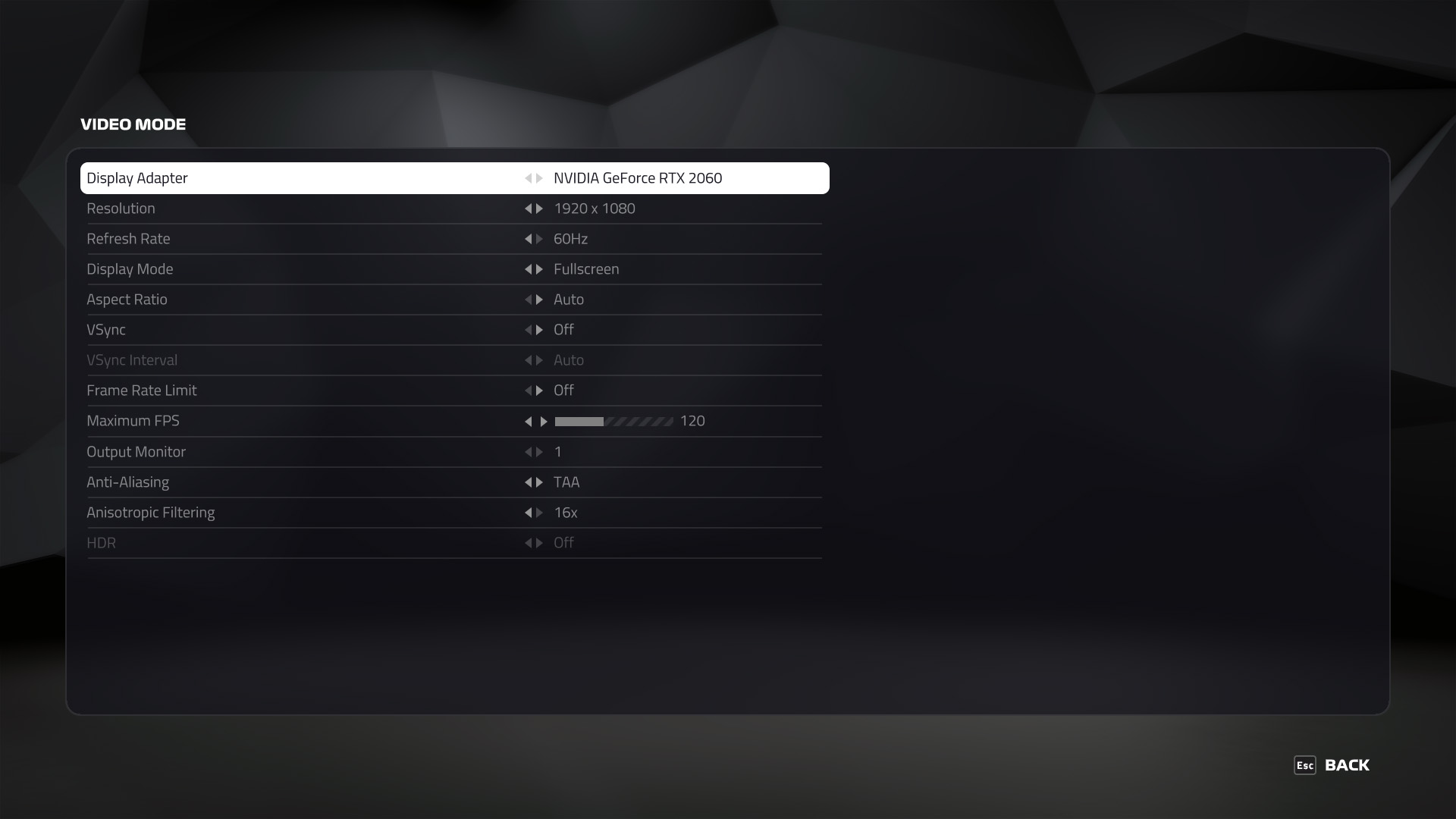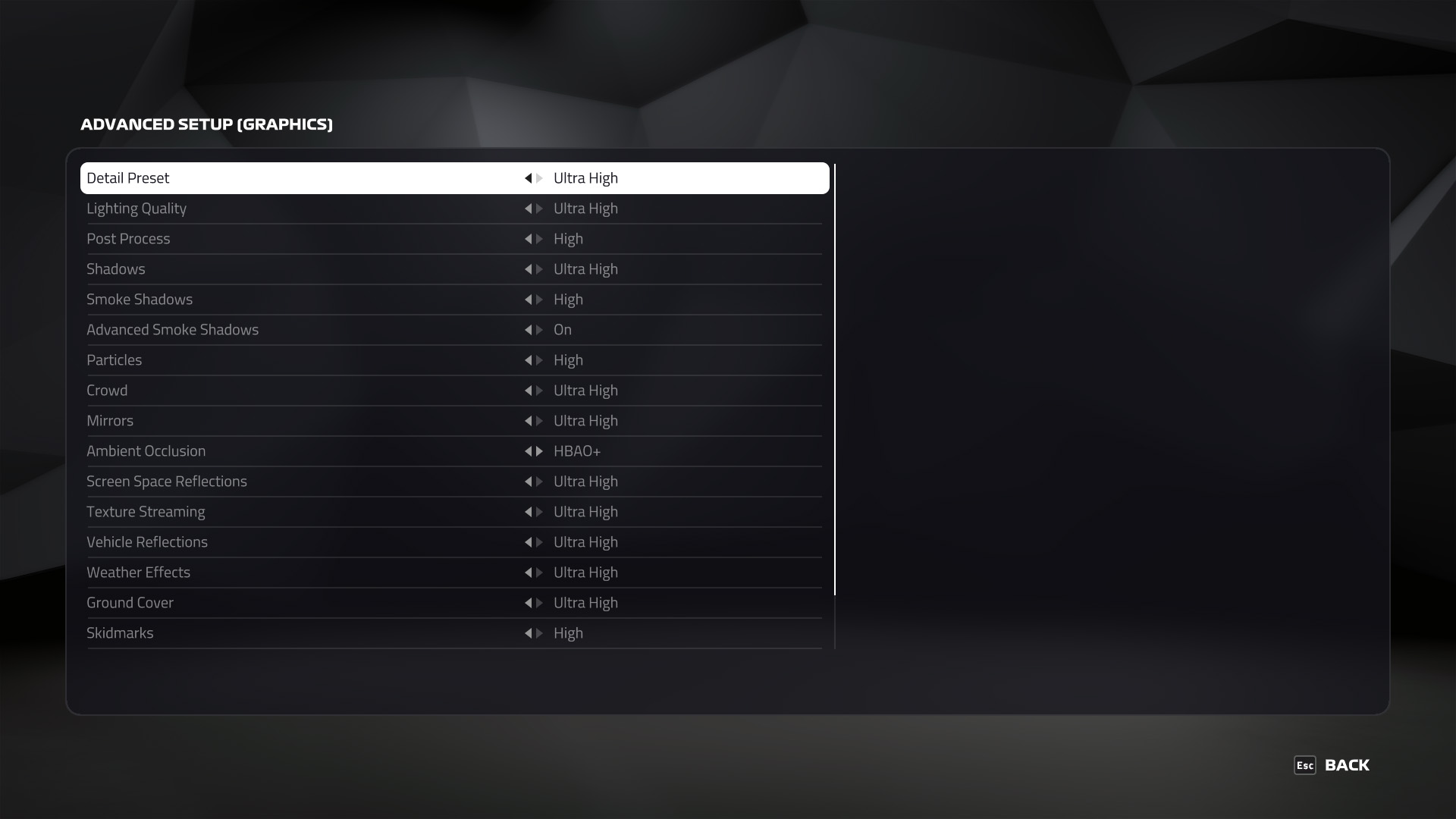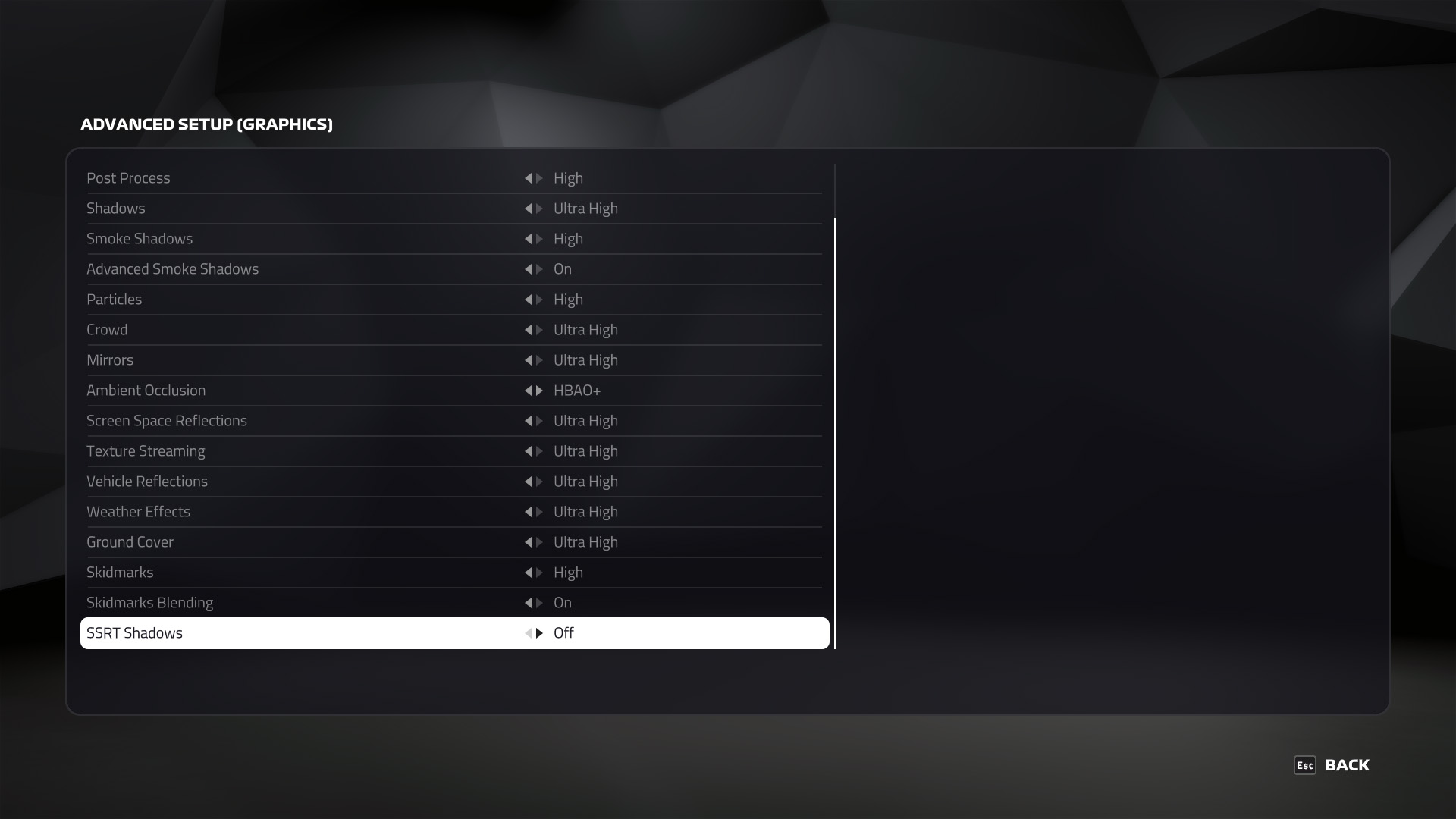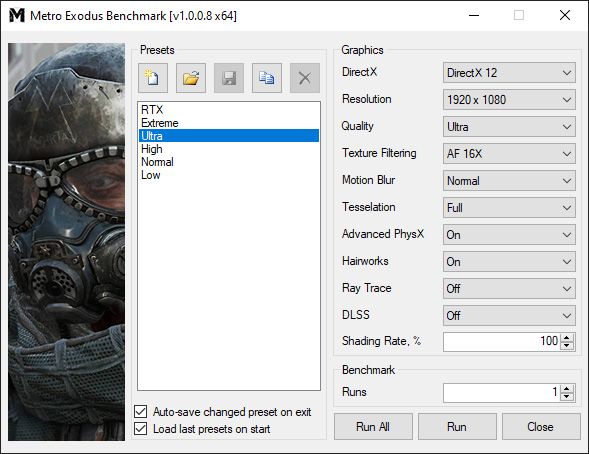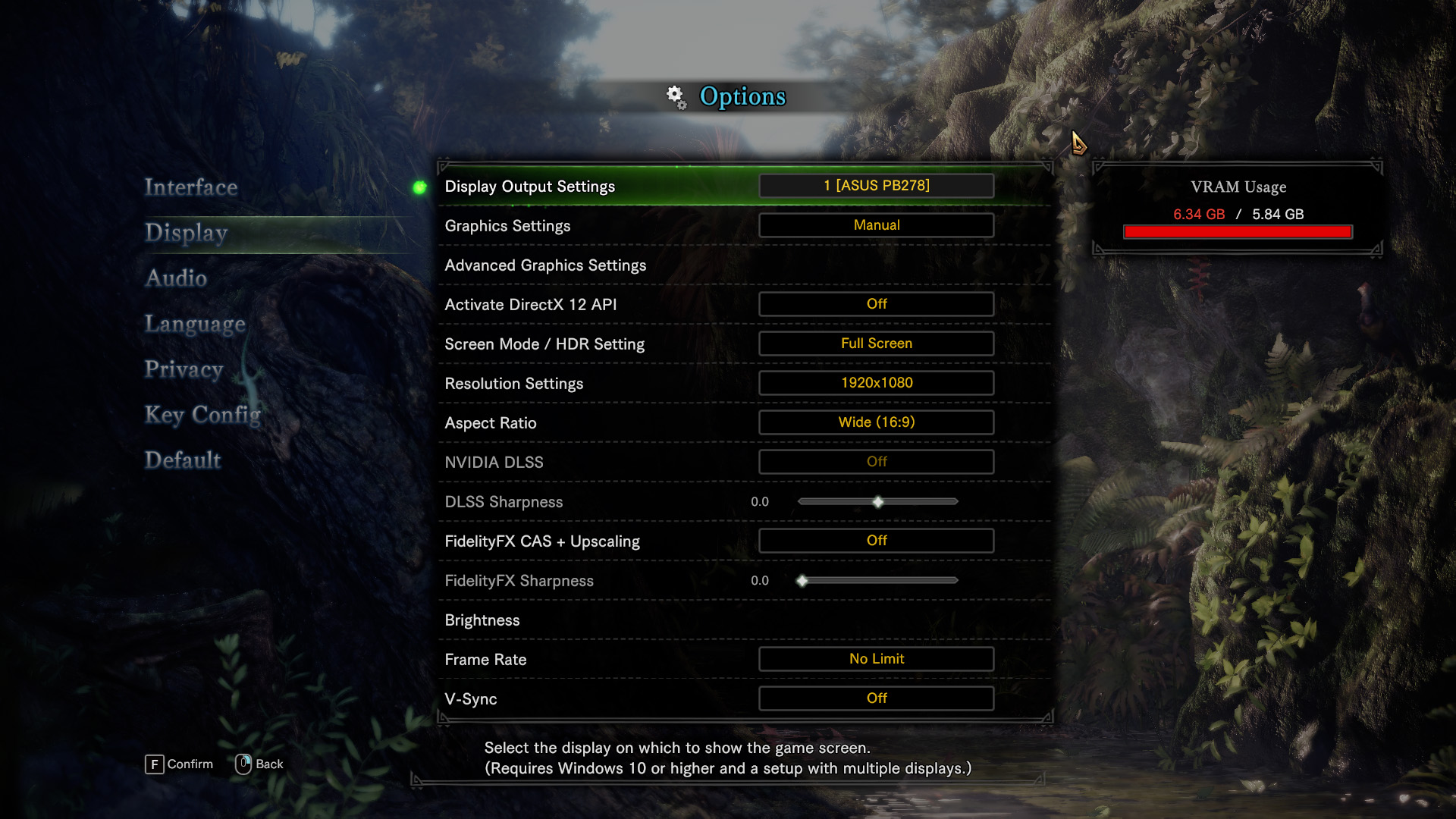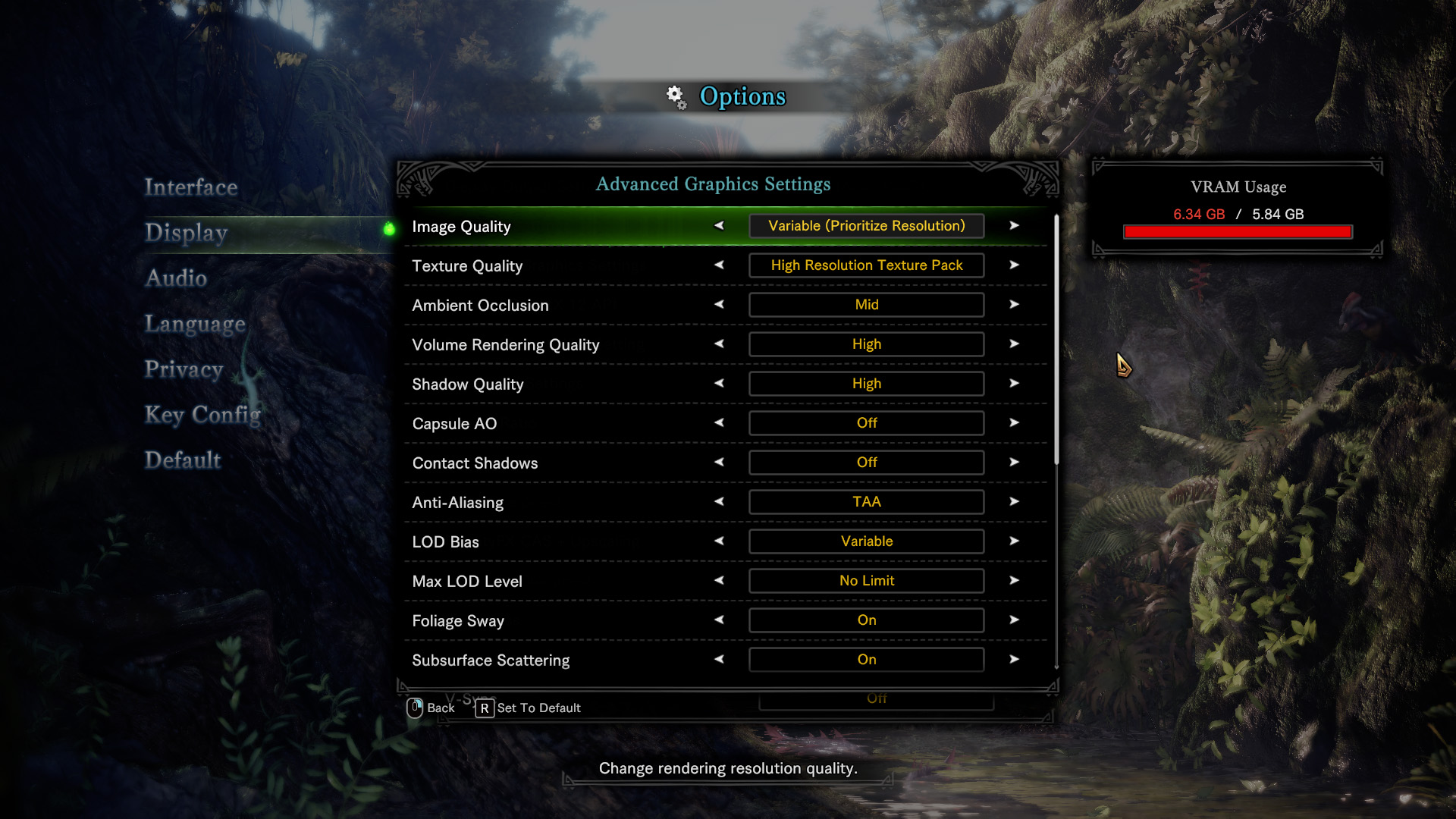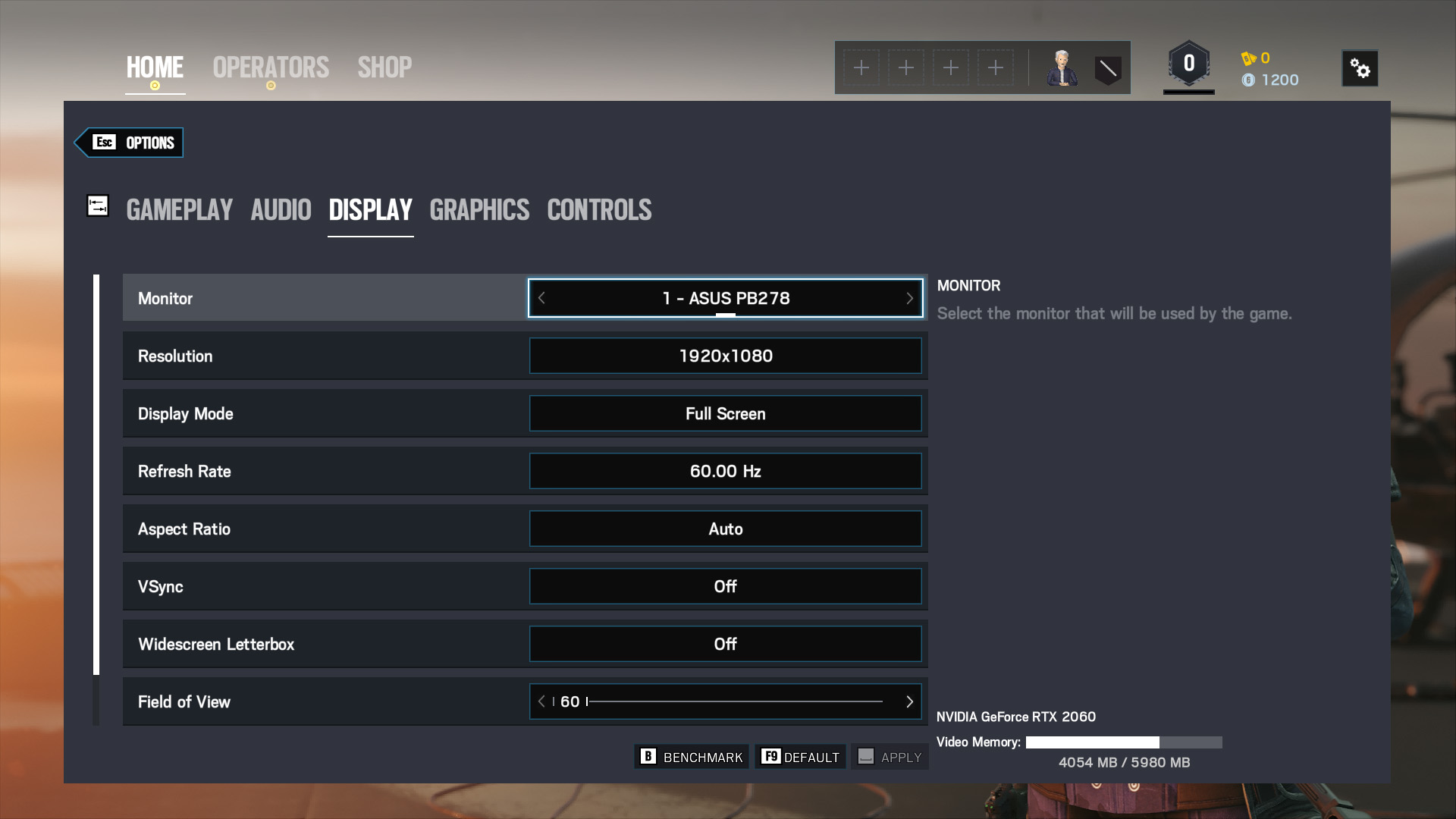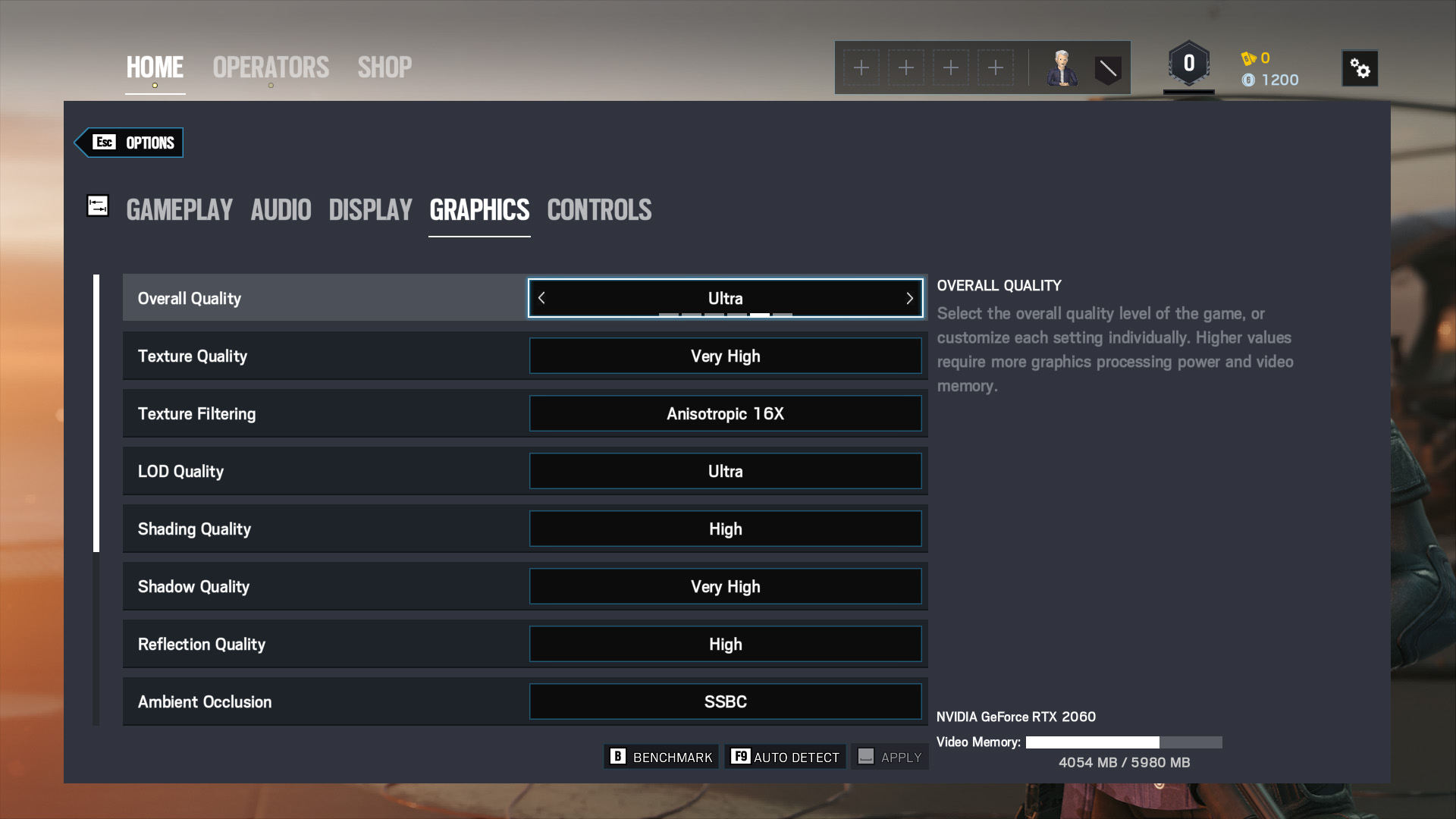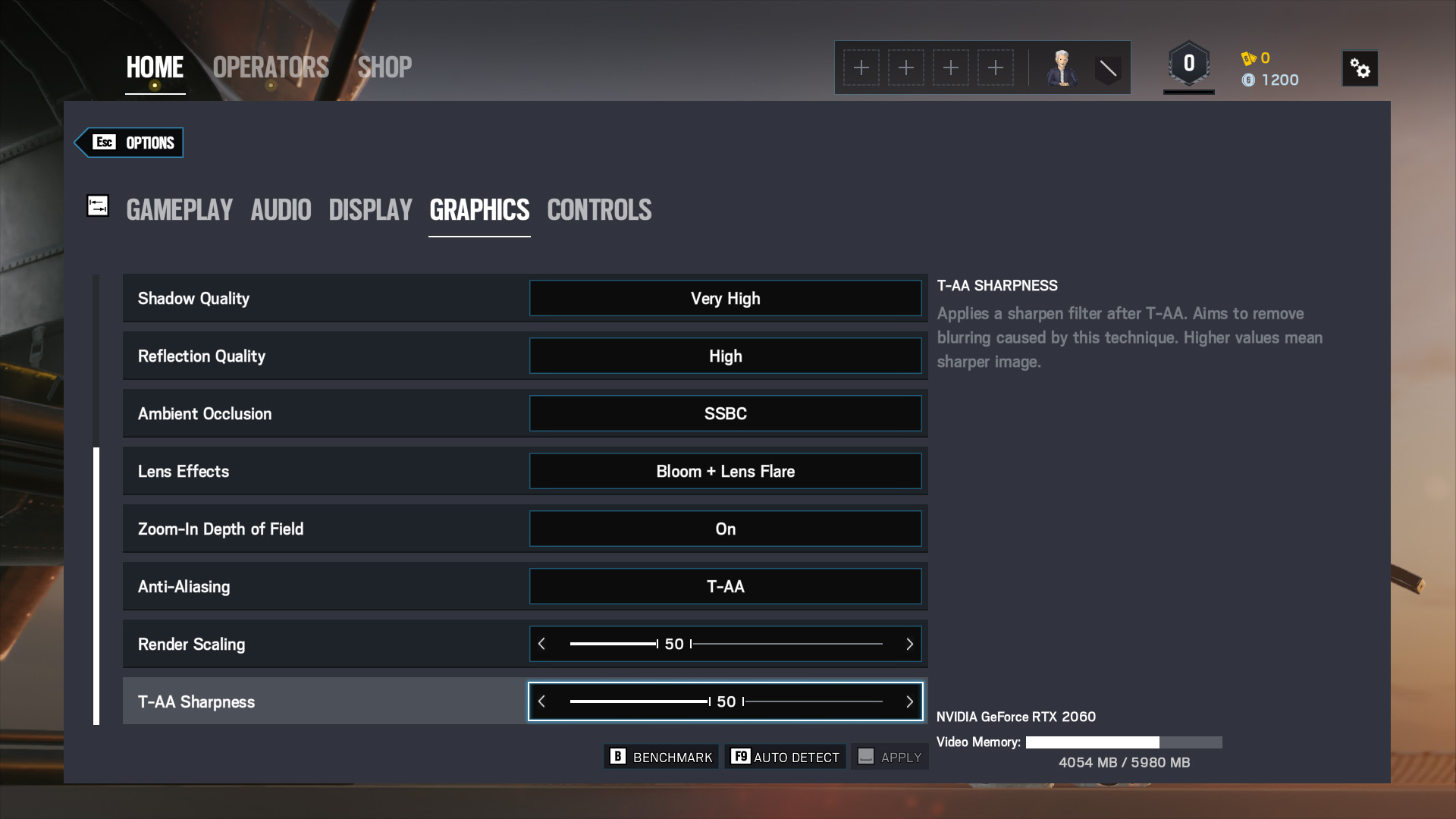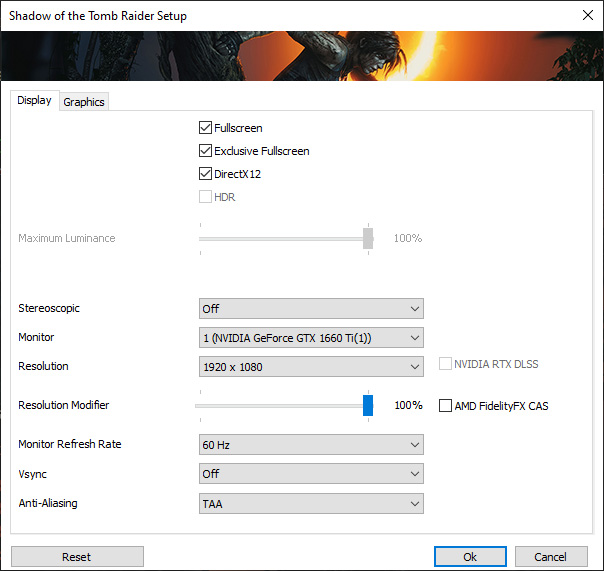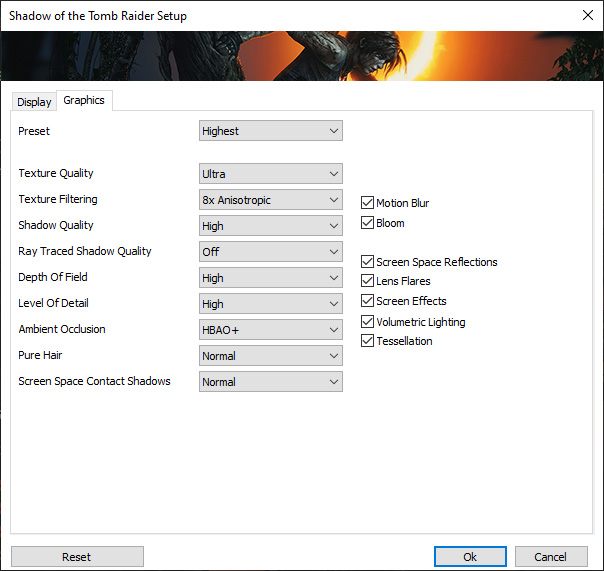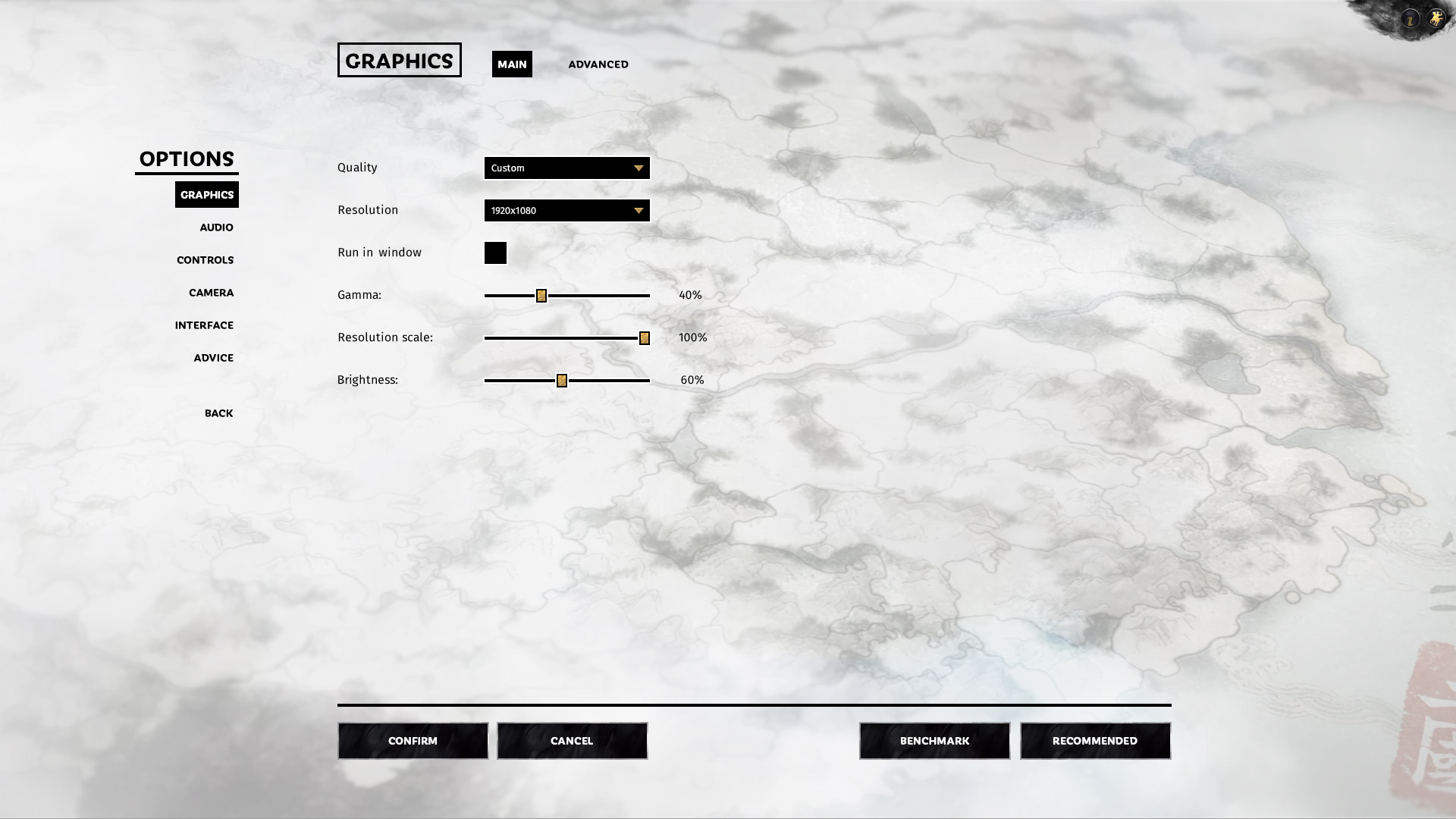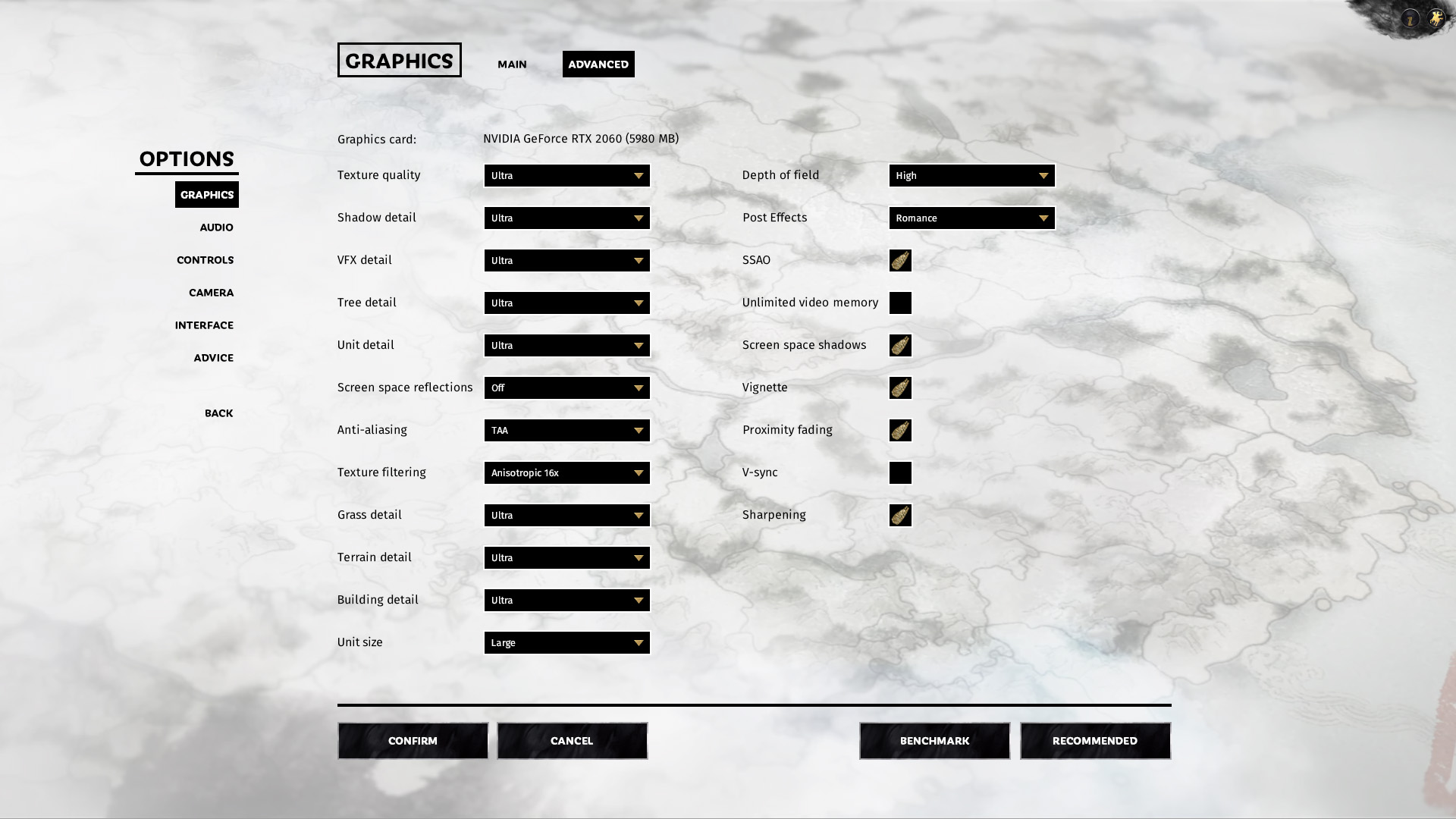- Qualcomm Launches Snapdragon 4 Gen 2 Mobile Platform
- AMD Launches Ryzen PRO 7000 Series Mobile & Desktop Platform
- Intel Launches Sleek Single-Slot Arc Pro A60 Workstation Graphics Card
- NVIDIA Announces Latest Ada Lovelace Additions: GeForce RTX 4060 Ti & RTX 4060
- Maxon Redshift With AMD Radeon GPU Rendering Support Now Available
AMD Radeon RX 5600 XT Graphics Card Review
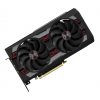
AMD’s latest gaming GPU to join its Radeon Navi family is the RX 5600 XT. With its price-point, and 6GB framebuffer, the RX 5600 XT takes NVIDIA’s GeForce RTX 2060 head-on. We’re taking a look at the card with both its reference BIOS, as well as its performance-boosting BIOS, which will bump both the GPU and memory clocks.
Page 1 – A Look At The Radeon RX 5600 XT & Our Test Suite
AMD had quite a bit to talk about at this year’s CES, but not surprisingly, the lion’s share of the attention went towards the company’s upcoming 64-core Ryzen Threadripper 3990X. The company came prepared with some graphics treats, though, having unveiled its latest Navi lineup addition: Radeon RX 5600 XT. Where’s 5800 XT or 5900 XT? “Big Navi” is due this year (maybe), so it seems likely those will be intertwined.
At the launch of the 5600 XT, there was quite a bit of confusion about what it was supposed to be. Ahead of the embargo lift, AMD asked reviewers to update the BIOS on their provided sample, which in the case of our Sapphire Pulse resulted in a ~10% performance uplift.
RX 5600 XT reference specs are 1375MHz Game Clock, 1560MHz Boost Clock, and 12Gbps memory. That configuration hits a total graphics power (TGP) of 150W. The BIOS we were provided boosted that TGP to 160W, a result from improving the memory to 14Gbps, and increasing the Game Clock to 1615MHz, and Boost Clock to 1750MHz.
At launch, it seemed fair to dump the results generated from the old BIOS, but in reality, those are still “reference” for this GPU. Because of that, we’re including performance from both the BIOS with reference clocks, and also the upgraded version, which can be grabbed from Sapphire’s website. As of the time of writing, all of the Pulse models we find at etail reference the 12Gbps clocks, so you will assuredly have to manually flash the BIOS after purchase (which is not difficult).
Here’s AMD’s current lineup:
| AMD’s Radeon Gaming GPU Lineup | |||||||
| Cores | Base MHz | Peak FP32 | Memory | Bandwidth | TDP | Price | |
| RX 5700 XT Anniv. | 2560 | 1680 | 10.1 TFLOPS | 8 GB 1 | 448 GB/s | 235W | $449 |
| RX 5700 XT | 2560 | 1605 | 9.75 TFLOPS | 8 GB 1 | 448 GB/s | 225W | $399 |
| RX 5700 | 2304 | 1465 | 7.95 TFLOPS | 8 GB 1 | 448 GB/s | 180W | $349 |
| RX 5600 XT | 2304 | 1375 | 7.19 TFLOPS | 6 GB 1 | 288 GB/s | 150W | $289 |
| RX 5600 | 2048 | 1375 | 6.39 TFLOPS | 6 GB 1 | 288 GB/s | 150W | OEM |
| RX 5500 XT | 1408 | 1717 | 5.2 TFLOPS | 8 GB 1 | 224 GB/s | 130W | $199 |
| RX 590 | 2304 | 1576 | 7.1 TFLOPS | 8 GB 3 | 256 GB/s | 225 W | $199 |
| Notes | 1 GDDR6; 2 GDDR5X; 3 GDDR5; 4 HBM2 Architecture: RX 5500~5700 = Navi; Radeon RX 590 = Polaris |
||||||
If there’s one strange spec with the RX 5600 XT, it’s the fact that it bundles in 6GB of GDDR6, whereas the lower-end RX 5500 XT sports up to 8GB (although it typically sells with only 4GB). The downgrade in memory comes with the trade-off of offering better bandwidth, from 224GB/s on the 5500 XT to 288GB/s on the reference 5600 XT. One of the 14Gbps 5600 XT models will further boost that to 336GB/s.
With that all covered, let’s move onto a quick look at our test setup, and then get right into testing:
A Look At Test Methodology
| Techgage Gaming GPU Test PC | |
| Processor | Intel Core i9-9900KS (4.0GHz Base, 5.0GHz Turbo, 8C/16T) |
| Motherboard | ASUS ROG STRIX Z390-E GAMING CPU tested with BIOS 1401 (November 26, 2019) |
| Memory | G.SKILL TridentZ Royal (F4-3600C16-8GTRG) 8GB x 2 Operates at DDR4-3600 16-16-16 (1.35V) |
| AMD Graphics | AMD Radeon RX 5700 (8GB; Adrenaline 20.1.2) AMD Radeon RX 5600 XT (6GB; Adrenaline Review Driver) AMD Radeon RX 5500 XT (8GB; Adrenaline 20.1.2) AMD Radeon RX 590 (8GB; Adrenaline 20.1.2) |
| NVIDIA Graphics | NVIDIA GeForce RTX 2060 (6GB; GeForce 441.87) NVIDIA GeForce GTX 1660 Ti (6GB; GeForce 441.87) NVIDIA GeForce GTX 1660 SUPER (6GB; GeForce 441.87) NVIDIA GeForce GTX 1660 (6GB; GeForce 441.87) |
| Storage | GeForce: WD Blue 3D NAND 1TB (SATA 6Gbps) Radeon: Kingston SSDNow V310 960GB (SATA 6Gbps) |
| Power Supply | Corsair RM650x (650W) |
| Chassis | NZXT S340 Elite Mid-tower |
| Cooling | Corsair Hydro H100i V2 AIO Liquid Cooler (240mm) |
| Et cetera | Windows 10 Pro (64-bit; 1909) |
All of the GPUs have been tested with current (as of the time the round of testing began) drivers, and with an up-to-date Windows 10 (1909). Our operating system is kept clean and optimized to reduce benchmark interference, ensuring accurate results. V-Sync, G-SYNC, and FreeSync are disabled at the monitor and driver level. Both Intel’s chipset driver and Management Engine (ME) are updated to the latest versions.
Games Tested & Vendor Neutrality
A total of eight games are included in this particular test suite. Here’s the full list, along with their developer allegiances:
- Borderlands 3 – AMD partner
- Counter-Strike: Global Offensive
- F1 2019
- Metro Exodus – NVIDIA partner
- Monster Hunter World
- Shadow of the Tomb Raider – NVIDIA partner
- Tom Clancy’s Rainbow Six: Siege – NVIDIA partner
- Total War: Three Kingdoms
- UL 3DMark & VRMark
- Unigine Superposition
Note: You can download all of the tested setting images at once here (ZIP, 4MB).
Support our efforts! With ad revenue at an all-time low for written websites, we're relying more than ever on reader support to help us continue putting so much effort into this type of content. You can support us by becoming a Patron, or by using our Amazon shopping affiliate links listed through our articles. Thanks for your support!




